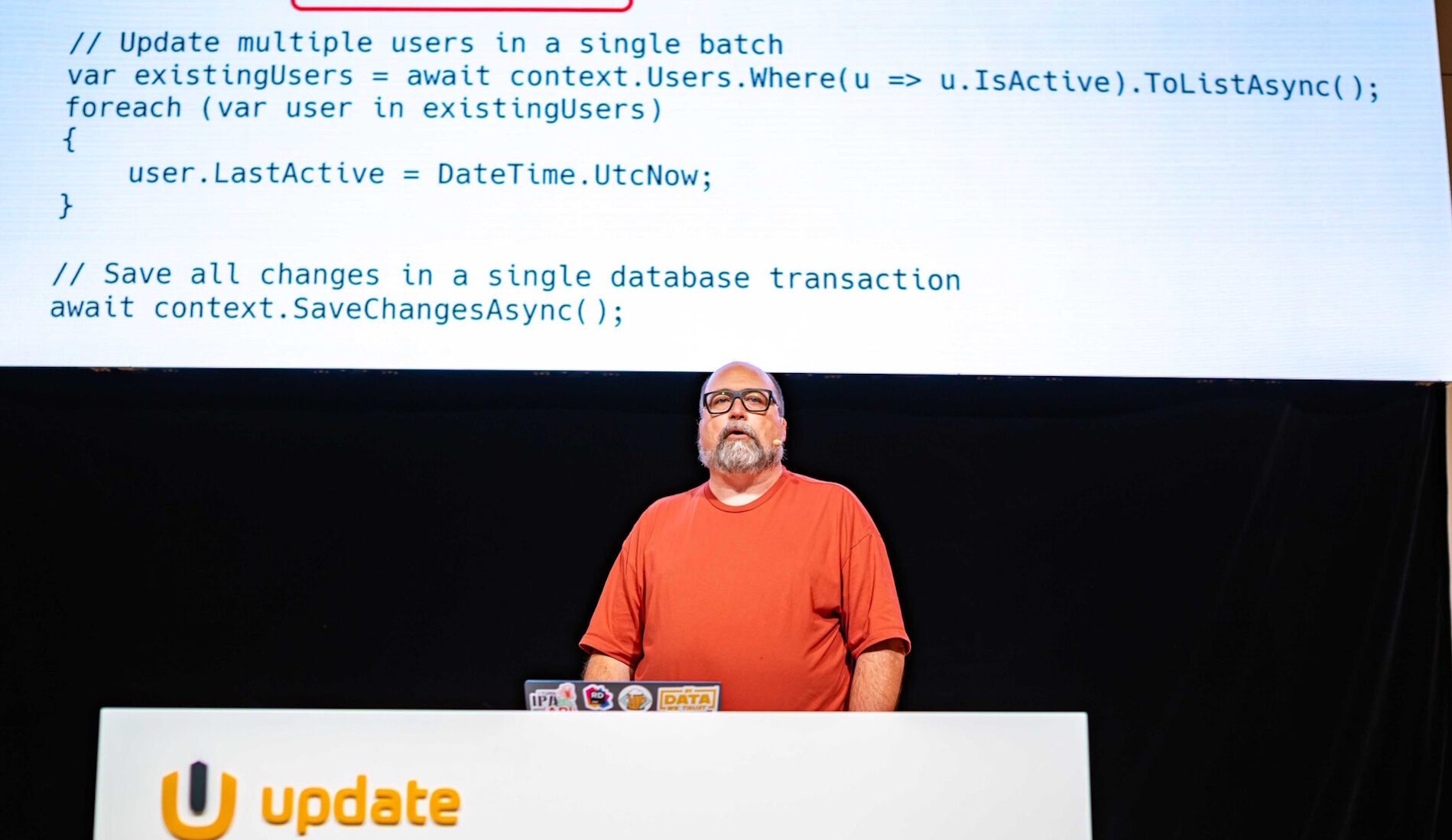When I first started exploring Rust, one of my instincts was to reach for a class. You know the drill. Need to model some data? Write a class, slap a few properties on it, and maybe add a constructor or two.
But Rust had other plans.
On Day 6, I dug into Rust’s scalar and compound types and quickly realized that Rust doesn’t want you to start with classes. Instead, it hands you a small set of powerful primitives and says, “Let’s build something lean.”
Let’s take a look at how that plays out, especially through the eyes of a C# developer.
Scalars: The Simple Stuff
In C#, we have our familiar scalar types:
int x = 42; float pi = 3.14f; char c = 'A'; bool isReady = true;
Rust matches us almost one-for-one but requires more explicitness upfront.
let x: i32 = 42; let pi: f32 = 3.14; let c: char = 'A'; let is_ready: bool = true;
Rust supports:
- Signed/unsigned integers (
i8toi128,u8tou128) - Floating points (
f32,f64) char(which is a Unicode scalar, not a byte!)bool
Rust can also infer types most of the time:
let count = 10; // i32 by default let ratio = 0.5; // f64 by default
But if you’re coming from C#’s flexible var, Rust’s inference feels stricter; you’ll find yourself annotating types more often than not, especially in more complex scenarios.
Tuples: Lightweight Data Bundles
Here’s a quick reality check: no Tuple<T1, T2> or deconstruction syntax required here. Rust tuples are first-class citizens:
let person = ("Chris", 42);
Want to access the values?
let name = person.0; let age = person.1;
Or destructure them (which feels very modern C#):
let (name, age) = person;
There’s no class, no struct, just a tuple carrying multiple values with different types. Quick, dirty, and highly useful when you don’t need a full data model.
Compare that to C#:
var person = ("Chris", 42);
var name = person.Item1;
var age = person.Item2;
C#’s support for value tuples is decent. In Rust, it’s built right in and super ergonomic.
Arrays and Slices: Familiar with a Twist
C# arrays are flexible and garbage-collected:
int[] scores = new int[] { 10, 20, 30 };
Rust’s arrays are fixed-size by default:
let scores: [i32; 3] = [10, 20, 30];
The [i32; 3] type means “an array of three i32s.” You can also initialize them with repetition:
let zeros = [0; 5]; // same as [0, 0, 0, 0, 0]
To get the slice (similar to Span<T> in .NET), you can reference it like this:
let part = &scores[1..2]; // gets [20, 30]
And yes, Rust will panic if you index out of bounds. But it does this at runtime with a very detailed error, which honestly still feels nicer than null reference exceptions in C#.
Wait, No Classes Yet?
Nope. Not even structs at this point (that’s tomorrow). Rust really wants you to get comfortable with simple, efficient types before moving into more abstract modeling.
And you know what? It works.
C# makes it easy to jump to classes for everything. But Rust pushes you to start small—model your data with tuples or arrays, and only reach for structs when the pattern demands it. It’s a different mindset, and I kind of love it.
Final Thoughts: Minimal Types, Maximum Power
Rust’s scalar and compound types feel simple but there’s a surprising amount of power in that simplicity. You’re not juggling object or dynamic. There’s no null. You just get clean, lean, explicit values.
Tomorrow, we graduate to structs and talk about how Rust models data without the ceremony of C# classes.
Spoiler: No public, no get; set;, no inheritance, and I’m not even mad.


So, with the slice
let part = &scores[1..3];
It should panic, right?
Since scores does not have an item with index 3.
Or am I wrong?
You are correct and I corrected it. Need more coffee in morning.